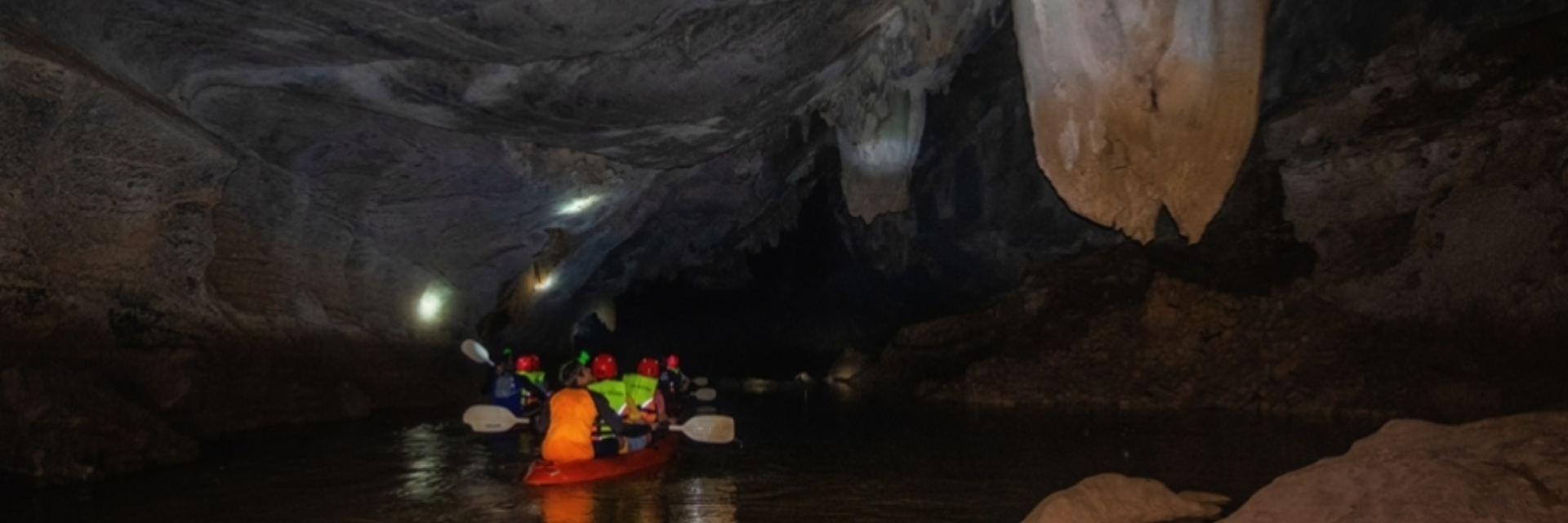Details
Satun Geopark: Thailand's amazing geology
If you love geology or natural science, Satun Geopark is probably the place to be.
The term geopark means an area with significant and outstanding geology, natural science and culture. Thailand's first Geopark is situated deep in the Malay Peninsula, Satun Geopark, in Satun Province, showcasing Thailand's outstanding geology.
With 641,732 acre area, the park covers 4 districts namely Thung Wa, La-Ngu, Manang, and Muang. The outstanding geological feature of this site is characterized by a spectacular karst landscape including a stunning sea cave and hidden lagoons.
The area was a submerged landscape dating back to over 500 million years ago when early organisms thrived and transmitted oxygen to the atmosphere. The rises of the tectonic plates formed ranges and created caverns which later served as shelters for early prehistoric humans.
Known as the ‘Land of Palaeozoic fossils', the area is famous in Southeast Asia for its abundance and diversity of fossil species such as trilobites, brachiopods, stromatolites, conodonts, graptolites, tentaculites, and nautiloids. The Cambrian trilobite fossils of Tarutao Island are the oldest in the Thai-Malay Peninsula.
Lae Stegodon Cave, formerly known as Wang Kluay Cave, is among outstanding places worthwhile the experience. With the total length of over 2.5 miles. A fossil of Stegodon elephant, which might have lived 1.8 million years ago, as well as a number of other fossils, were discovered here.
Other fossil-rich places include Kampaeng Wittaya School, Khao Noi and the shrine of Tuad Toh Samyot.
Caving sea caves, kayaking to hidden lagoons, exploring islets or relaxing on isolated beaches, you will be suitably impressed by Satun's landscape.
How to get there: Satun is 608 miles south of Bangkok. For more information about the park, visit http://www.satun-geopark.com.



